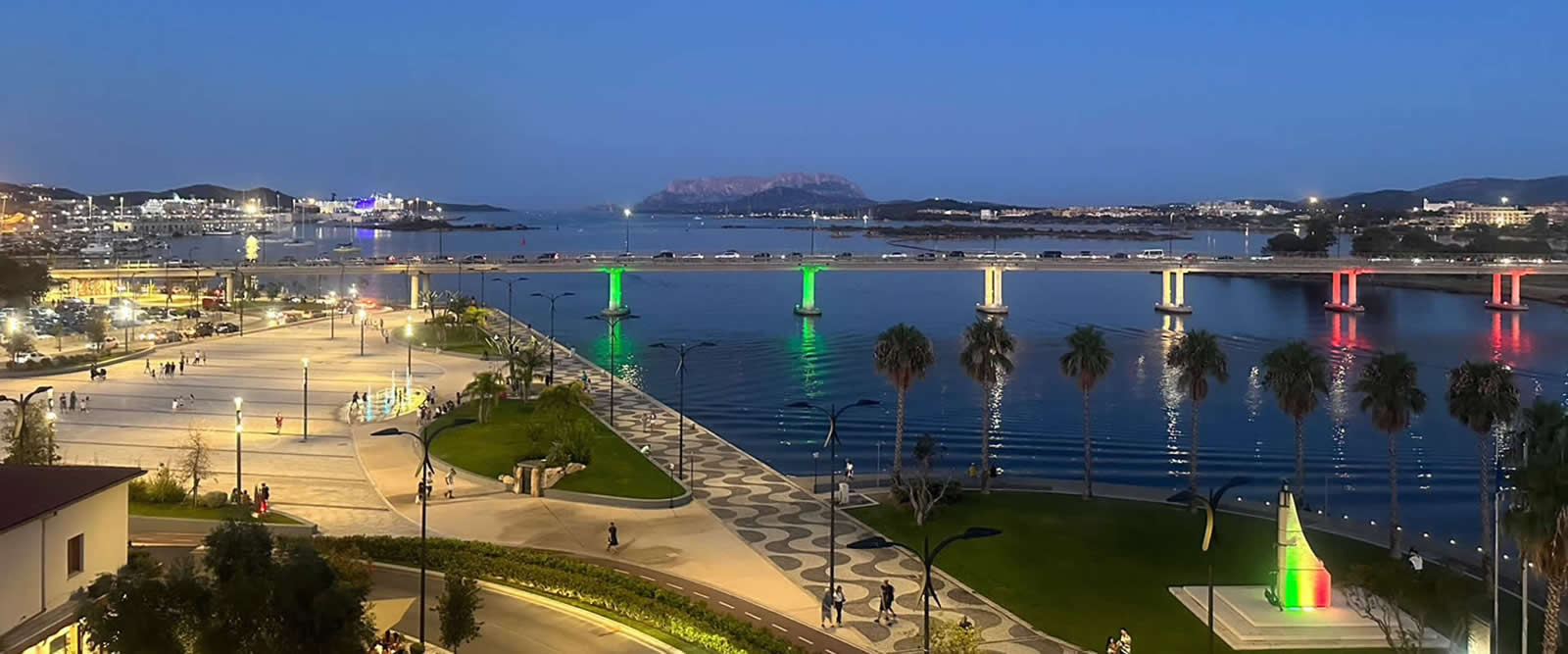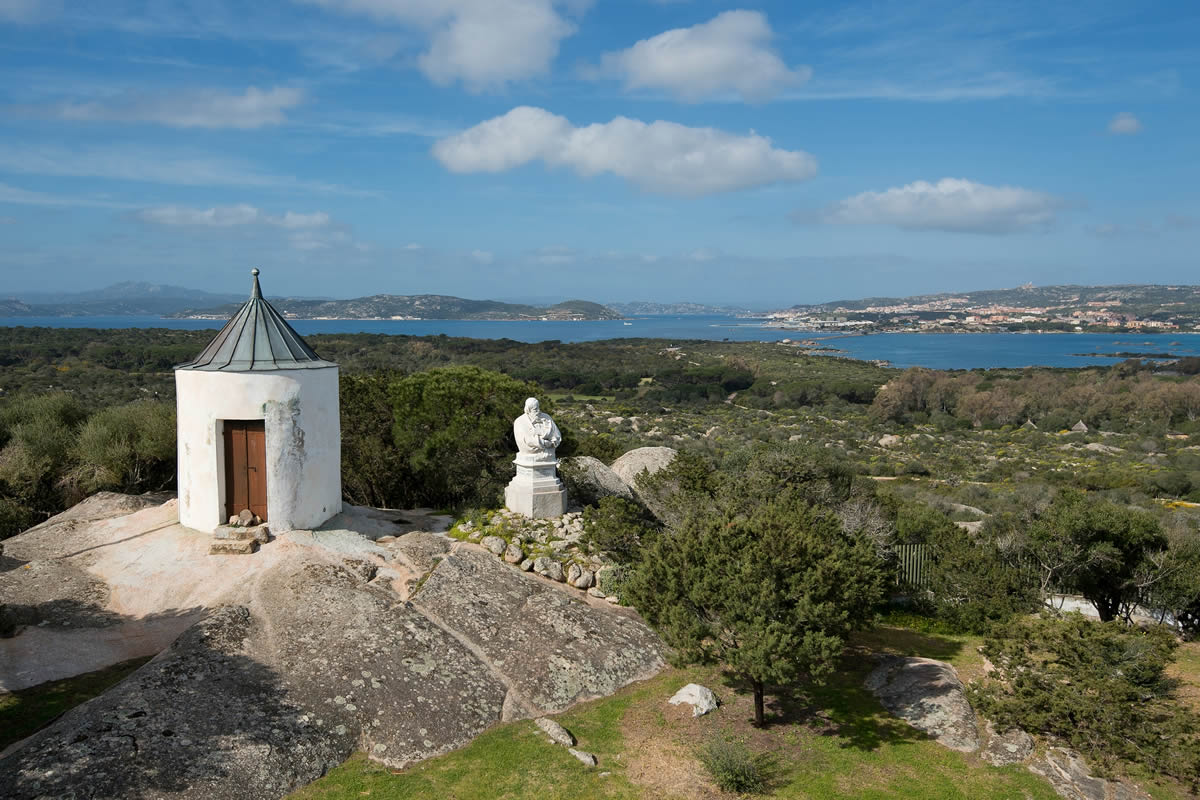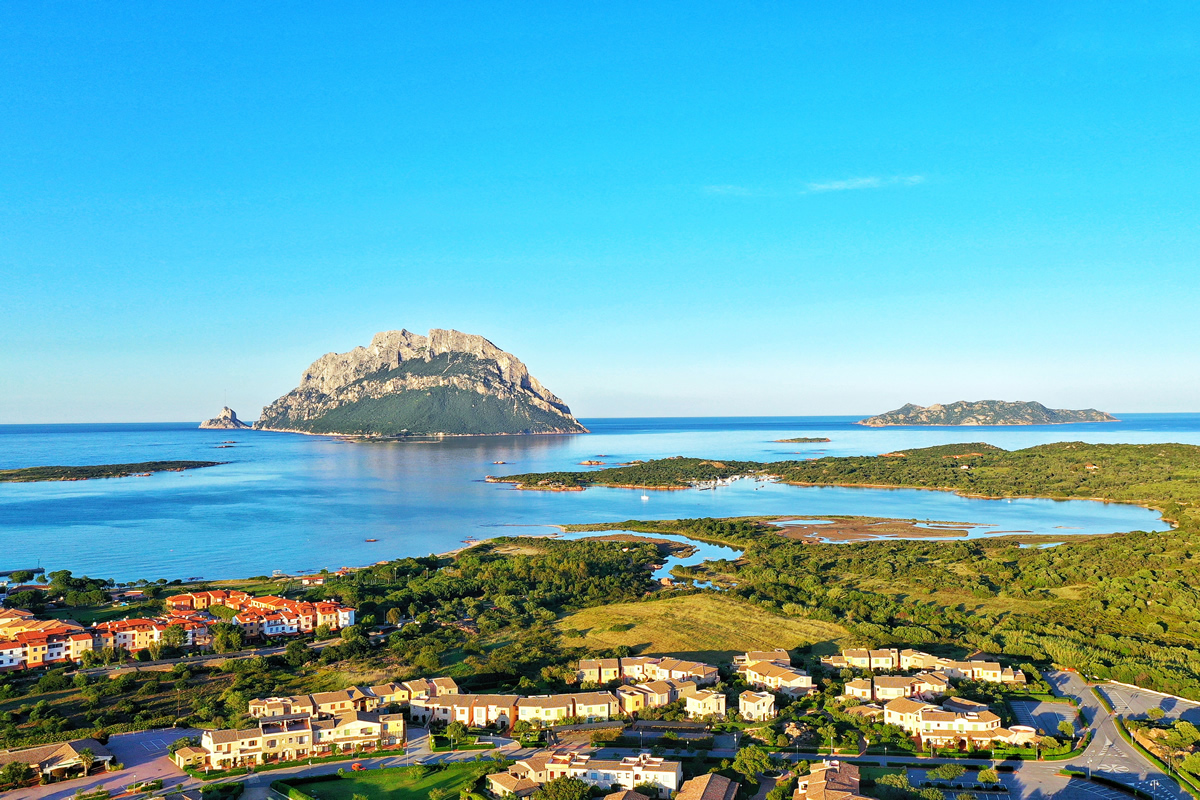The millennial history of Gallura told by its nuraghe.
In Gallura there is not only the sea.
This statement, in itself obvious, however, refers to a way of seeing this land limited to the summer vacation, perhaps without leaving the village where an all inclusive has been booked and where the experience of “sardiness” is limited to a dinner at theme with tasting of “porceddu”.
Fortunately, there is much more.
A culture that has often developed autonomously, thanks to an insularity that has preserved, as well as a DNA still under study , gastronomic traditions and a sincere passion for their own traditions also in the new generations.
A truly millenary history (to understand us in Sardinia nuraghi were built up to 20 meters high a thousand years before the birth of Rome), with still much to discover.
And if the idea of making a summary of the nuragic civilization here is far from us, we would like to point out three nuraghe in Gallura, as examples of that culture, close to our hotels in Gallura, Arzachena, Santa Teresa Gallura e Olbia. Easy to reach, often well illustrated by local guides, these buildings (there are 7,000) will be a pleasant discovery for those who know Sardinia only for the sea and want to know more.
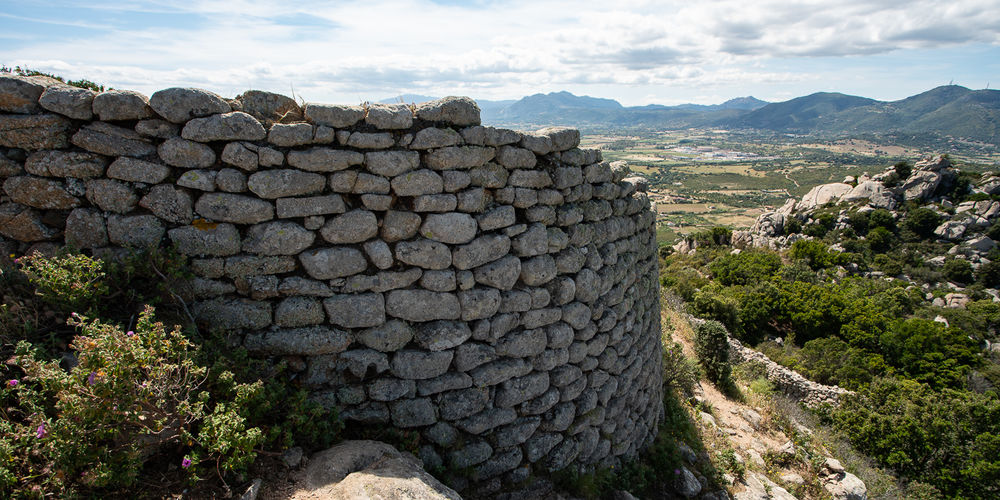 Olbia, the nuraghe of Riu Mulinu
Olbia, the nuraghe of Riu Mulinu
A few kilometers from ours Hotel Felix Olbia there is a little known yet imposing nuraghe. Is that of Riu Mulinu, which on one side dominates the inlet that ends with the Olbia port and on the other allows a view of the hills and valleys of the area up to Monte Pinu.
The site is free to access and can be reached, leaving the car in the parking lot below, along a staircase that is not steep but may need a few stops before reaching the actual access to the nuraghe. The main tower is protected by a wall up to 5 meters thick in some points and as high as it is, which incorporates enormous granite boulders inside. In this mighty defense there are two doors, the best preserved of which closely resembles those of the Cretan palaces. Built with large blocks of granite, the keep still reveals a corridor, a small niche created in the walls and a staircase that originally led to an upper level of the tower, which later collapsed. The nuraghe was brought to light in an excavation campaign carried out in the 1930s, which led to the discovery of a bronze statue depicting a woman with an amphora on her head. The area, later called Cabu Abbas (from the Latin Caput Acquae), was in fact a place of rituals related to water, very frequent in Sardinia and which were also celebrated in Olbia as evidenced by the Pozzo Sacro di Sa Testa, not far away.
The nuraghe of Riu Mulinu gives us a glimpse of a distant era in which Sardinia was, however, open to the sea, to trade and commerce. A very different image from that of the isolated and almost forgotten land that sometimes happens to be read.
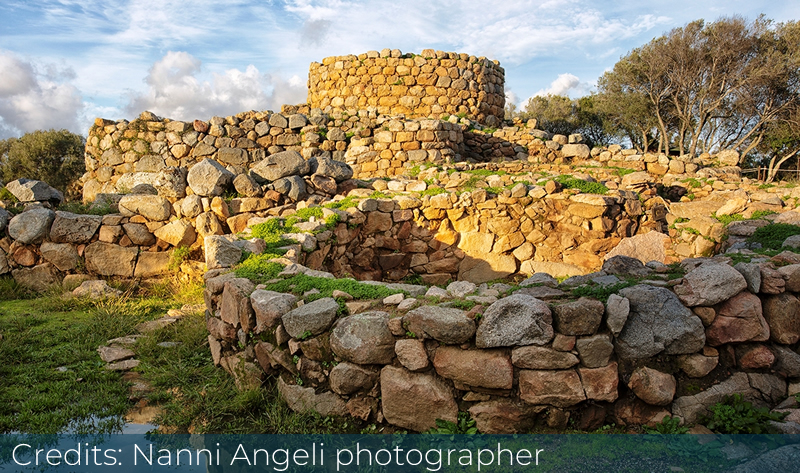
Arzachena, Nuragic villages of La Prisgiona
If Riu Mulinu for conformation and position could be compared to a castle, the nuragic complex of La Prisgiona is more like that of a small town. All around the nuraghe in fact developed a maze of about a hundred stone houses connected by narrow paved streets, and artisan shops that were able to produce artifacts that were sold elsewhere are still well recognizable, proof of the close connection between the various settlements. nuragics. The nuraghe itself has important dimensions, it is on two levels with a central chamber covered by a false dome about 7 meters high and two side towers. It is located on the top of a hill that controlled an area of several kilometers, and its large main access, an internal courtyard with a well (still functioning) and the quantity and quality of the artifacts that were found there give the idea of a complex and structured community. In an environment that could be identified as a council room there is a stone bench that runs along the perimeter, like a ring. It was the place where important members of the community gathered for meetings and libations, as evidenced by jugs found in this room and which laboratory analyzes confirm to have contained wine.
The Prisgiona gives us a lively and complex civilization, similar to those described in the works of Homer, which in fact refers to a period that can be superimposed on that in which this important nuragic complex develops. It is less than 15 minutes from ours Country Resort Parco degli Ulivi e Hotel Airone.
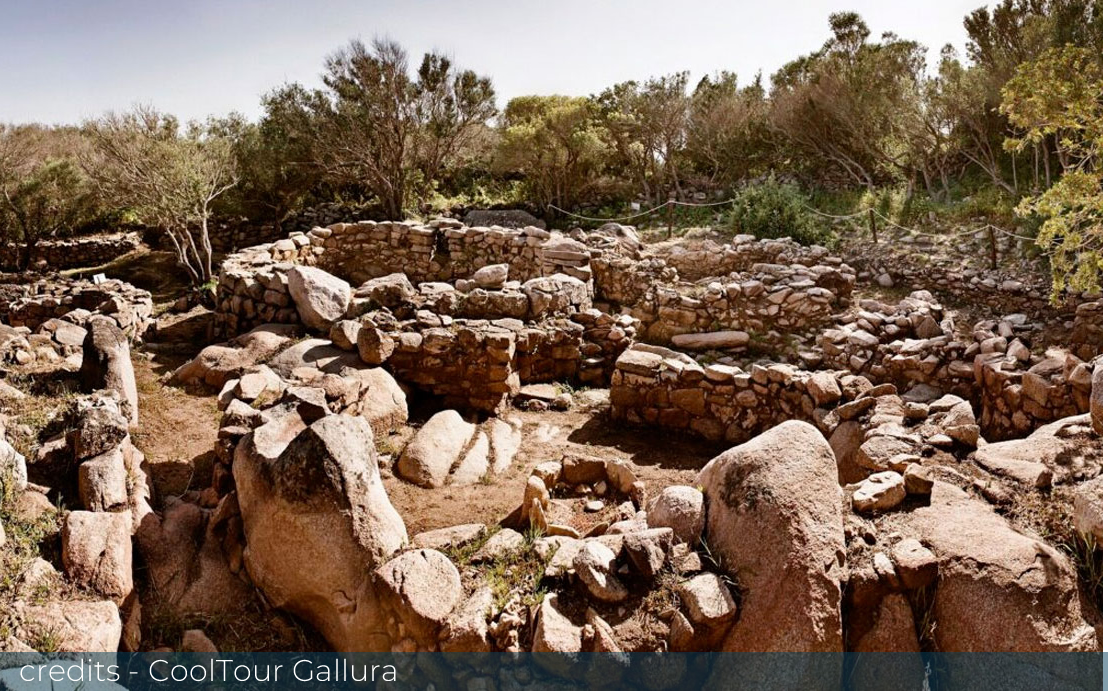
Santa Teresa Gallura, the archaeological complex of Lu Brandali
The complex of Lu Brandali in Santa Teresa Gallura it combines in a certain way what was seen in La Prisgiona and Riu Mulinu. We are in fact facing a nuragic complex that lives for about 500 years, from 1400 to 900 BC. and that due to its position it was evidently a commercial port. The village overlooks the sea as and indeed more than Riu Mulinu (the sea is a few hundred meters away), and the numerous huts found, together with the particular tafoni (of which we have already spoken about the Valle della Luna in Aggius) and to the craft shops they tell us of a dynamic civilization, open but organized. Adjacent to the nuragic village there is an imposing Tomb of the Giants, six meters long and certainly the spiritual center of the village, as evidenced by the numerous artifacts found in the area. The nuraghe, artfully built using the shape of the rock, was strengthened by a rampart with two towers. Located 15 minutes by car from ours Felix Hotel La Coluccia, this archaeological complex describes in a complete way the activities, the economy, the culture and in summary the way of life of those who admired this same sea that we look at today, only 3,500 years ago.
We have finished our little guide, short and very partial, which tells the story of three nuraghe in Gallura. Today better known for its sea and the locals, this ancient land is also able to show us another face, less showy but no less fascinating.
And perhaps even more lasting.

